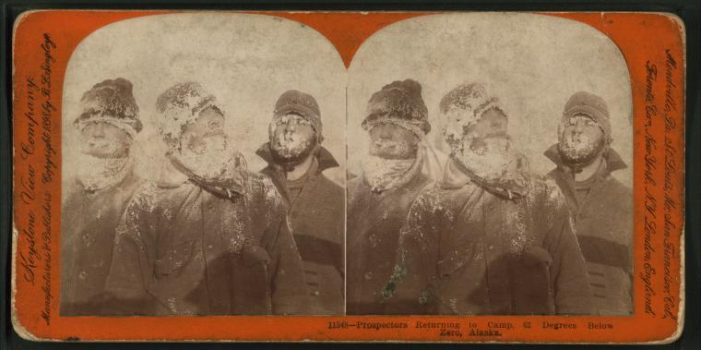Homesteading Cautionary Tales – Part 2
by Mrs. Alaska, Survival Blog:

(Continued from Part 1. This concludes the article.)
PERSONAL EXPERIENCE WITH A CHIMNEY ISSUE
My husband and I also heat our remote, off-grid home with a woodstove. One cold February night we had to evacuate our cabin at 3 am because the chimney pipe had gotten so clogged with creosote that the smoke in the firebox was leaching out into our home rather than drawing upward to the outside.
TRUTH LIVES on at https://sgtreport.tv/
We evacuated with camping chairs to our shower house, which has an on-demand, propane heater. Every two hours, we ventured back in to the cabin, wearing N95 masks, to ascertain when the fire subsided and the firebox cooled down enough to dismantle the chimney pipe and clean it out. Meanwhile, we heated up some coffee on the propane stove and snacked on peanut butter, jelly, and bread from the food shed.
At 8 am, we disassembled the chimney pipe. It was clogged with sticky, shiny creosote flakes, especially where we had an ill-conceived 90 degree “elbow” to exit through the wall rather than ascend straight up through the second floor, (because of the location of our bed).
My husband used a shop vacuum to clean the interior pipe and woodstove, and a long, hinged chimney sweep to clear the exterior chimney. Meanwhile, I spent 3 days cleaning the smoke scent and ash from every surface and every fabric in the 750-square-foot cabin.
This experience sobered us, as you might imagine. My husband has been vigilant about poking the chimney sweep up the full length of the exterior pipe on the first of every winter month. But until this experience, about 8 years after we moved here, we had disassembled the interior vertical and horizontal pipe sections only at the end of the winter for “spring cleaning.” After discussions with some other cabin owners, Bryan climbed a tall ladder with tin snips to detach the mesh “bird cage” and cap at the top of the chimney. It is designed to keep birds out, but the narrow weave of metal was clogged with the creosote of our local birch and spruce firewood. We now have an open chimney top that encourages smoke to rise with greater velocity. I hope this solves the problem.
Segregated supplies:
One reason that many cabins in the past had a separate kitchen building was for fire safety. In the prior story, it sounds like the man lost everything of value because it was all stored in the solo building that burned. If our cabin suffered a catastrophic fire, we would not worry about losing food, most of which is stored in a separate food shed. As for clothing, we store emergency supplies, including an extra set of clothes, on each of our snow machines, and out-of-season clothes elsewhere, too. But after this experience, I stowed a bag of seasonally appropriate clothing for each of us in the shower house until I agreed to undertake the cost and effort of constructing a second, dry cabin 500 feet away. With cooking supplies, a stove, sink, and propane heater, beds, chairs and clothing, we could actually live there, if anything happened to our main cabin. In the meantime, it serves as my husband’s “ham shack” and hobby room.
CAUTIONARY ADVICE INVOLVING WATER
(The following cautionary comments are brief notes, rather than narratives).
•Lakes – invasive species, fish: When we bought our undeveloped property on a lake in Alaska, we thought, “Free food!” My husband, who arises much earlier than I, often cast a line off our dock and caught a fish for breakfast. Alas, this did not last. Northern pike moved into the river drainage where we live and ate all the trout. So we ate pike – pulling out monsters 39 – 42 inches long. Yes, they are bony, but tasty. Then, that did not last. The pike cannibalized each other.
Now, the fish are much smaller in size and fewer in number. When we cut open their stomachs, we find insects and the occasional vole rather than young pike. Waters in other parts of the country are similarly impacted by their own invasive species that out-compete local fish. We asked the state Fish and Game Department if we could buy some fry to stock our lake. They said that as long as any pike exist in the lake, we would just be feeding them, not us. We asked if we could create a fenced pond within the lake for other fish. They said no to that, too.
• Invasive species, plants: A number of lakes in our part of Alaska have become infested with elodia, a water plant that can grow so fast and so densely that it can drown a dog or a duck, and can certainly entangle the rudders of float planes, endangering take off and landing. Regional lodge businesses have failed as a result of their lakes becoming, essentially, marshes within a few years. Property values plummeted. If you are looking at lake properties, contact local wildlife associations and fish and game offices to ask about the condition of water bodies that interest you (as well as those nearby), even if they appear pristine.



